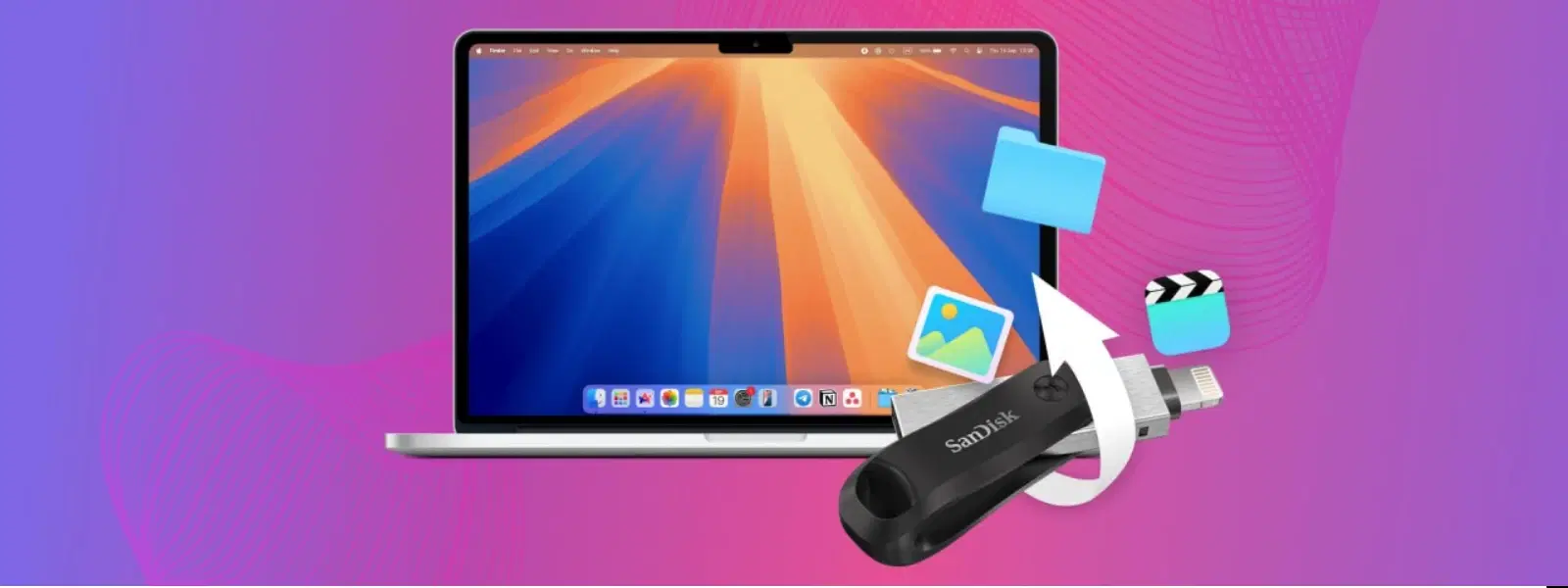
Consumer Electronics
•03 min read
Whether you're preparing a USB drive for a new project or troubleshooting storage issues, formatting your USB drive on a Mac doesn't have to be complicated. This guide explains how to format a USB drive in Mac using simple steps outlined below and answers frequently asked questions around this topic.
Formatting a USB drive means erasing all the data on it and setting up a new file system. This process helps clear storage, change the USB drive file system on Mac, and ensure that your drive performs optimally. Essentially, when you format, you are preparing your USB drive for a fresh start.
Many users choose to format a USB drive on Mac for reasons like clearing storage, reformatting for Windows compatibility, or preparing the drive for a more secure file system. Using Mac's Disk Utility offers a straightforward path to change USB format on Mac, making it easy even for beginners.
Before you begin the reformatting process, it is important to back up all valuable files. This precaution means you don’t lose important documents, photos, or media. Consider using tools such as iCloud or an external storage device to save your data safely.
Your choice of file system determines how the drive behaves when transferring data. Options include FAT32, ExFAT, HFS+, and APFS. For instance, if you need the drive to work across different devices, choosing ExFAT is ideal. However, for a Mac-exclusive environment, APFS offers the best performance. This step is crucial when preparing your USB drive on Mac for different scenarios, like large file transfers or cross-platform use.
To start, open Finder, navigate to Applications, and then to Utilities. Here, you will find Disk Utility, the tool used to reformat your drive.
Follow these simple steps to format your USB drive on Mac:
Select your USB drive from the left panel in Disk Utility.
Click the Erase button.
Choose the appropriate file system format, such as ExFAT for cross-platform use or APFS for a Mac-only environment.
Name your drive appropriately.
Click Erase again to confirm the process.
This mac usb drive formatting guide will help you get through the process without any complications.
After formatting, check that your drive appears correctly in Disk Utility. If you see the new file system and the drive name you chose, the process was successful. This simple verification step clears any doubts about whether the drive was properly formatted.
Pro Tip: Choosing the Right File System for Your Needs
Did you know? ExFAT is the ideal file system for cross-platform use, while APFS offers optimized performance for Mac-only environments. Selecting the right file system can save you from compatibility headaches down the road!
If your USB drive does not appear in Disk Utility, first check that it is firmly connected. Trying a different port or restarting your Mac might resolve the issue. In some cases, drive corruption may be the cause and specialised recovery tools could be necessary.
Accidental data loss is a risk when you erase a USB drive on Mac. Data recovery tools may offer a solution, but always ensure you have a backup before formatting to avoid complicating this task.
If you need to prepare a USB drive on Mac for different uses, such as reformat usb drive mac for Windows compatibility or clear USB storage on Mac for larger files, you can easily repeat the formatting process with a different file system choice.
Use the ExFAT file system, which works seamlessly across both Mac and Windows environments.
APFS is best for Mac-exclusive use, while ExFAT is recommended for cross-platform compatibility.
No, erasing a USB drive is an integral part of the formatting process that resets the file system and clears all data.
Ensure the USB drive is properly connected, try a different port, or restart your Mac. Persistent issues might require further investigation or recovery tools.
Yes, you can format a USB drive using the terminal with the diskutil command; however, Disk Utility remains the most user-friendly option for most users.
Formatting a USB drive on Mac is straightforward when you follow the clear steps provided by Disk Utility. By backing up your data and choosing the correct file system, you can ensure that your drive is ready for any new project or renewed use. Remember, whether you need to erase a USB drive on Mac for Windows compatibility or simply want to clear USB storage on Mac, this guide aims to simplify the process. Enjoy the ease and convenience that tools like Tata Neu offer, along with benefits such as earning NeuCoins with your transactions and experiencing express delivery for your urgent tech needs.